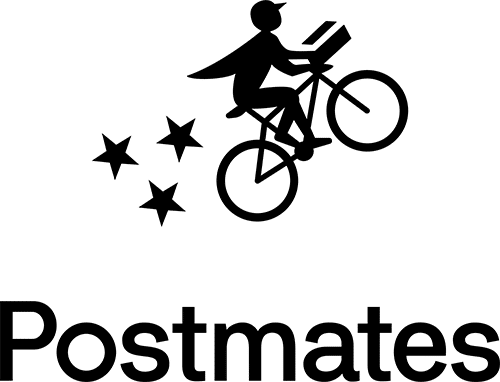Food Delivery App Consolidation Accelerates Among Digital Giants


On July 6th, Uber Eats announced the acquisition of food delivery app rival Postmates for $2.65 billion. In the age of duopolies, the food delivery app space is rapidly consolidating. The blockbuster acquisition follows rival JustEat's international expansion into the United States with the purchase of the number 2 rival GrubHub earlier this June. JustEat is a dominant player in Europe. In August 2019, the US market leader Doordash acquired Caviar from Square for $410 million. Postmates had raised 900M to date and was planning an IPO.
This rapid consolidation of digital giants reflects the reality of the post pandemic market where there's less ride hailing and more food delivery in a contactless commerce market. Three big trends have accelerated market adoption:
- In-room dining has precipitously fallen for restaurants due to county health restrictions, impacting revenue per square feet.
- Take out and delivery via digital channels and maybe the phone have been the only means of revenue, accelerating digital adoption.
- Stay at home orders, work from home, and remote work have not only severely decimated ride hailing volume, but also accelerated food delivery orders.
For digital giants such as Uber, drivers will need gigs to quench the supply thirst. Uber's core business incurred a $2.9 billion loss in Q1, with rides down 80% in April while Uber Eats grew 53%. While ride hailing apps are a $52 billion industry, food delivery is a $120 billion market where $20 billion is going into food delivery apps.
Uber's failure to buy GrubHub and their snubbing of Caviar, left the ride hailing app leader little choice for partners in the US market. Post pandemic Constellation Research May 2020 share of sales estimates shows that Door Dash gained ground and took 45% of the market share followed by Grubhub 23% and Uber Eats at 22%. Postmates was at mere 8% market share ( see Cheddar interview with Jill Wagner)
 R "Ray" Wang
R "Ray" Wang R "Ray" Wang
R "Ray" Wang
